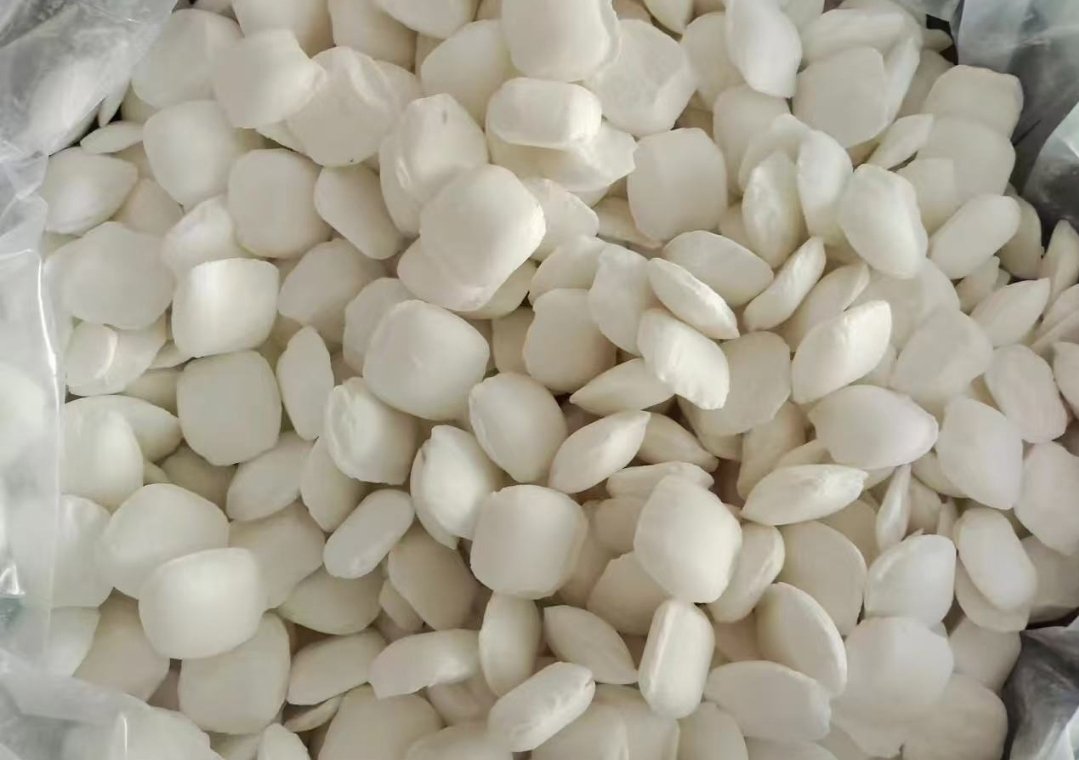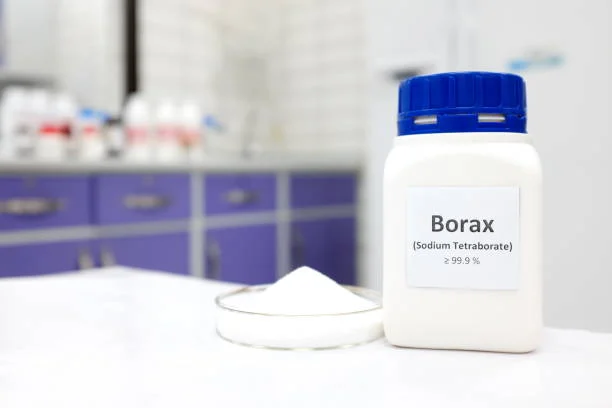Introduction to Mineral Processing Chemicals
Mineral processing chemicals refer to specialized chemical reagents used during the concentration and recovery of minerals from ores. They are crucial for operations like flotation, leaching, and dewatering that separate target minerals from gangue material. Commonly used types include collectors, frothers, depressants, dispersants, acids, bases, and solvents - each tailored for specific separation tasks.
Role of Chemicals in Mineral Processing
Chemicals aid mineral processing in key ways. Collectors selectively attach to desired mineral surfaces for flotation, while depressants prevent gangue flotation. Frothers generate stable bubbles to carry floated minerals. Leaching chemicals extract valuable minerals through solubilization. Dispersants prevent particle agglomeration for effective separation. Together, chemicals maximize the recovery of high-quality mineral concentrates in an efficient manner.
Common Types of Mineral Processing Chemicals
Collectors are the most widely used chemicals, selectively floating desired sulfide or oxide minerals. Common collectors for sulfides include xanthates and dithiophosphates, while fatty acids and amines collect oxides. Frothers like pine oil and MIBC generate stable bubbles in flotation cells. Depressants like cyanide prevent gangue flotation. Dispersants maintain particle dispersion. Acids and bases are key for leaching processes. Solvents extract valuable minerals through dissolution.
Environmental Impact and Sustainability
While beneficial for processing, some chemicals can impact the environment if not properly managed. Mining companies prioritize sustainable practices like recycling process water, neutralizing effluents, and minimizing chemical usage. New eco-friendly chemicals are also in development. Sustainable innovations help minimize environmental footprint while extracting critical minerals.
Innovations and Future Trends
Research continuously develops more effective and environmentally-friendly processing chemicals. Biodegradable collectors are gaining traction. Genetic and computational methods design customized chemicals for specific mineralogical conditions. Advances in real-time process control and automated dosing also improve efficiency. Looking ahead, mineral processing chemicals will remain pivotal for optimization as mining adapts to future challenges.
Case Studies and Real-World Applications
At the Doe Run Peru zinc plant, new dispersants increased throughput by 15% while reducing reagent consumption. At the Escondida copper mine, specialized depressants boosted copper recovery 2-3% by selectively inhibiting gangue flotation. At the Olympic Dam uranium-copper-gold mine, tailings retreatment using advanced leaching chemicals extracted additional value from waste streams. These examples highlight chemical solutions enhancing mineral recovery and processing sustainability.
Conclusion
In conclusion, mineral processing chemicals play an indispensable role in liberating valuable minerals from host rocks in an efficient, profitable manner. With continuous innovation and a focus on sustainable best practices, these specialized reagents will remain crucial for optimizing extraction processes and addressing future resource needs. Further exploration of advanced chemical technologies stands to benefit both industry productivity and environmental performance.
- Random Content
- Hot content
- Hot review content
- Sodium Isopropyl Xanthate 90% SIPX
- Digital Electronic Detonator(Delay time 0~ 16000ms)
- Cyanoacetic acid 99% Powder
- Cobalt Sulphate Heptahydrate
- Fertilizer magnesium sulfate/magnesium sulfate monohydrate
- Sodium Metasilicate Pentahydrate
- 2-Hydroxyethyl acrylate (HEA)
- 1Discounted Sodium Cyanide (CAS: 143-33-9) for Mining - High Quality & Competitive Pricing
- 2China's New Regulations on Sodium Cyanide Exports and Guidance for International Buyers
- 3Sodium Cyanide 98% CAS 143-33-9 gold dressing agent Essential for Mining and Chemical Industries
- 4International Cyanide(Sodium cyanide) Management Code - Gold Mine Acceptance Standards
- 5China factory Sulfuric Acid 98%
- 6Anhydrous Oxalic acid 99.6% Industrial Grade
- 7Oxalic acid for mining 99.6%
- 1Sodium Cyanide 98% CAS 143-33-9 gold dressing agent Essential for Mining and Chemical Industries
- 2High Quality 99% Purity of Cyanuric chloride ISO 9001:2005 REACH Verified Producer
- 3Zinc chloride ZnCl2 for High Molecular Weight Polymers Initiator
- 4High Purity · Stable Performance · Higher Recovery — sodium cyanide for modern gold leaching
- 5High Quality Sodium Ferrocyanide / Sodium Hexacyanoferr
- 6Gold Ore Dressing Agent Safe Gold Extracting Agent Replace Sodium Cyanide
- 7Sodium Cyanide 98%+ CAS 143-33-9











Online message consultation
Add comment: